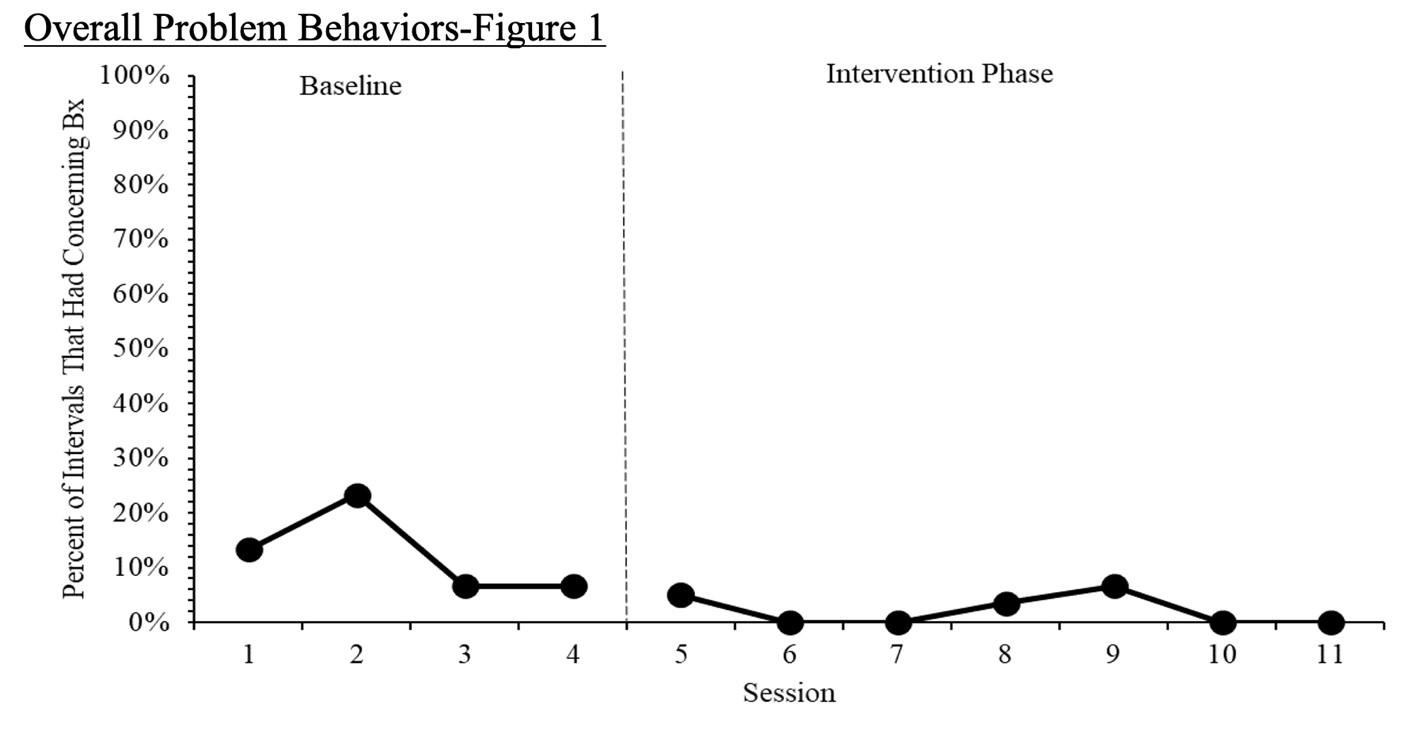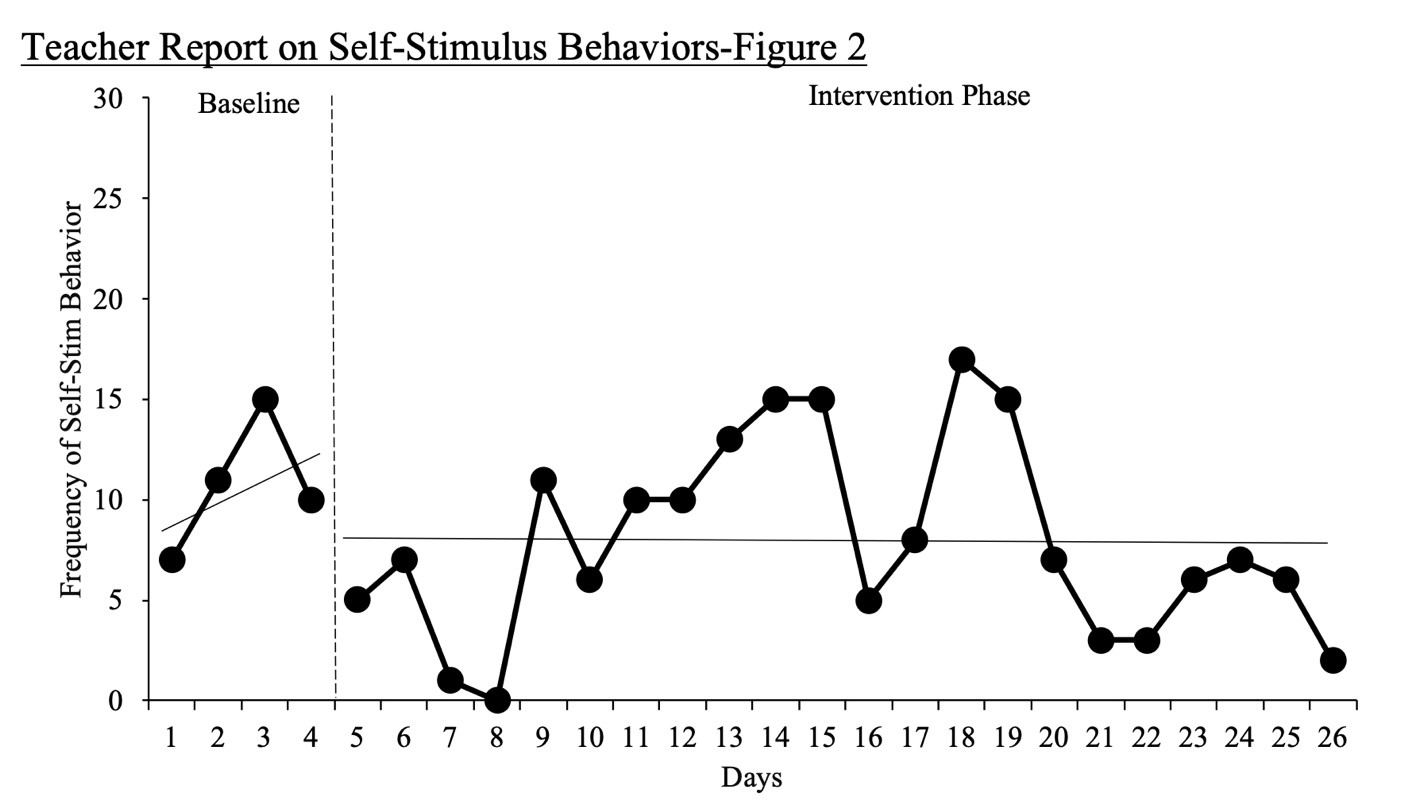Social and Behavioral Science
125 Evaluating the Efficacy of Asynchronous and Synchronous Problem-Solving Teleconsultation with Teachers who Serve Rural Students with Disabilities
Mickenzie Fleming
Faculty Mentors: Aaron Fischer and Shengtian Wu (Psychology, University of Utah)
A better service would be a form of teleconsultation. Teleconsultation is defined as synchronous or asynchronous consultation using communication technology to remove geographical distances (Deldar et al, 2016). Asynchronous communication can happen over a period without an immediate response. No studies have tested the limits of teleconsultation to see which aspects could be conducted solely asynchronously. With more services (e.g., observations, intervention, planning, and coaching) conducted at the convenience of the consultation team, each member can engage when it works in their schedule while remaining responsive. A study comparing teacher’s relationship between time management skills and their classroom performance has shown a positive trend (Khan, 2016). The research team will give guidance and feedback to educators of students with disabilities using problem-solving teleconsultation procedures but in a completely asynchronous fashion.
The next phase includes implementing the agreed-upon BIP and providing training for the educator through performance feedback. BIP components include antecedent interventions and consequence-based interventions. BIP will be implemented every day with the student but only recorded during a ratified time and activity that usually stimulates a response. After recordings are evaluated, the consultant reviews them and the data collected with the educator. This allows for any changes to the BIP. These recordings will happen for about 2 months.
The consultant will begin a follow-up observation four weeks after the end of the asynchronous teleconsultation. The student will be recorded with the educator 2-3 times per week for a total of two weeks without the educator’s implementation. The consultant will measure the overall improved student behaviors.
DataOverall Problem Behaviors-Figure 1

Teacher Report on Self-Stimulus Behaviors-Figure 2

Social validity measurements-Figure 3

Teacher Perception Through Goal Attainment Scale-Figure 4

Discussion
The participant is a 15-year-old, white male. He was referred to the study by his classroom teacher for a functional behavioral assessment (FBA) and a behavior intervention plan (BIP) for his behavioral concerns. The setting took place in a special education classroom. The student’s targeted behaviors are non-compliance, inappropriate communication, and self- stimulation. Figure 1 shows a comparison of the student’s overall problem behavior of the baseline measurement to his follow-up measurement. This graph shows a declining trend. A similar graph of the frequency of self-stimulation before and after shows a trend that was increasing to a now flat trend. The social validity in figure 3 shows how the educator perceived teleconsultation. It was measured in technology acceptability (FF-TAM), intervention acceptability (BIRS), and how acceptable the process is as a whole (CEF). These numbers indicate a high social validity for all measurements. Figure 4 describes the educator’s perceptibility of the student’s progress based on functional communication, compliance, and socially appropriate behaviors. This data infers the educator’s perception of the student’s targeted behavior increased compared to the baseline measurement.
ConclusionIn conclusion, teleconsultation slightly reduced the student’s targeted behavior. His overall problem behavior and self-stimulation behaviors both show declining trends. The educator feels as if teleconsultation was technologically acceptable, the intervention was achievable, and the consultation process for educators was also attainable. The educator’s perception of the student’s improvement of target behaviors increased since the baseline measurement. More data and participants would be needed to provide a general inference.
Bibliography
Delder, K., Bahaadinbeigy, K., Tara, S.M. (2016). Telecommunication and Clinical Decision Making: A Systematic Review. Acta Inform
Hilty, D.M., Torous, J., Parish, M.B., et al. (2021, April 9). A Literature Review Comparing Clinicians’ Approaches and Skills to In-Person, Synchronous, and Asynchronous Care: Moving Toward Competencies to Ensure Quality Care. Mary Ann Liebert, Inc., https://doi.org/10.1089/tmj.2020.0054
Khan, H.M.A., Farooqi, M.T.K., Atif, K., Faisal, I., (2016). Exploring Relationship of Time Management with Teachers’ Performance. Eric, 38(2), 249-263. https://eric.ed.gov/?id=EJ1210299
King, H.C., Bloomfield, B.S., Wu, S., Fischer, A.J., (2021). A systematic Review of School Teleconsultation: Implications for Research and Practice. School Psychology Review. DOI: 10.1080/2372966X.2021.1894478
National Center for Educational Statistics. (2020). The Condition of Education 2020. Institute of Education Sciences. https://nces.ed.gov/pubs2020/2020144.pdf

